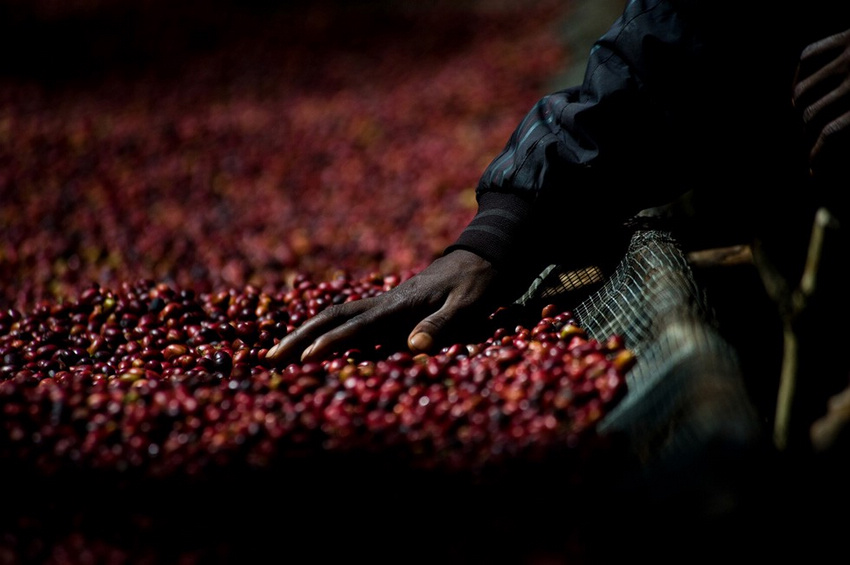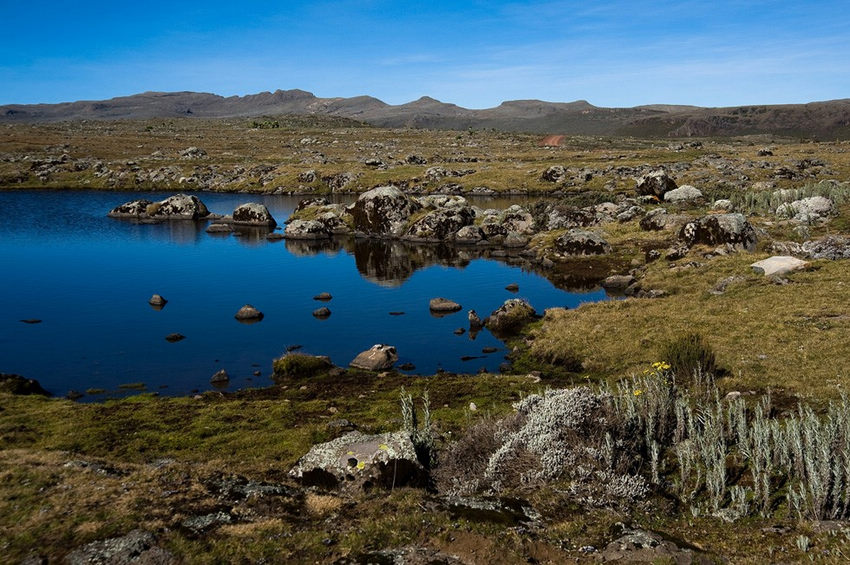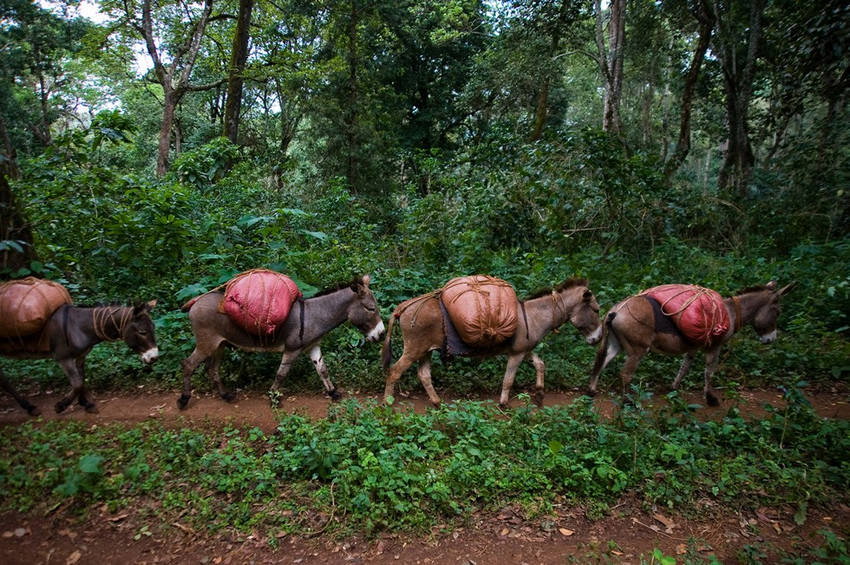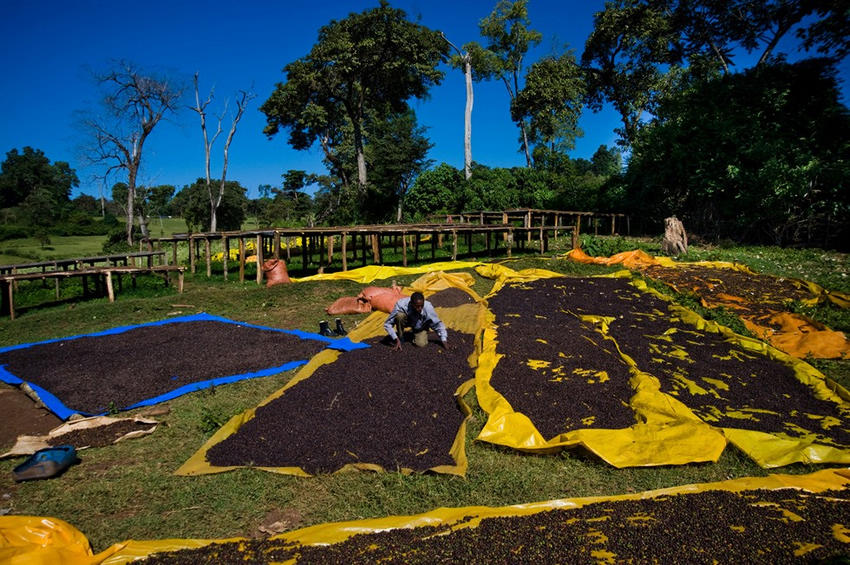Birthplace of top coffee beans

Coffee forests in Ethiopia's Balle National Park in eastern Africa are as high as 2000 meters above sea level.

The coffee rich here was named one of the five best coffees in Africa in 2012. Coffee grows naturally here and is still picked and collected by a small group of about 5000 local people. Decades ago, the first road was built here to push the isolated coffee groves closer to the people.

At first, coffee was carried by donkeys and later transported by truck from one of Africa's tallest roads (about 4000 meters).

Coffee may disappear in eastern Africa over the next 40 years because of climate change, according to a new study. However, the diversity of coffee forests may be a way to address the risk of extinction of coffee due to disease or climate change.
Important Notice :
前街咖啡 FrontStreet Coffee has moved to new addredd:
FrontStreet Coffee Address: 315,Donghua East Road,GuangZhou
Tel:020 38364473
- Prev

10 pieces of knowledge about coffee
1: there are only 2 calories in an espresso. 2:coffee speaks similarly in almost all the languages in the world. Coffee is the second largest drink in the world after water, and tea is the third. 4: when you drink coffee, your brain vibrates in response, so you are sometimes advised to drink coffee with a headache. 5: coffee extracted from coffee beans when making a cup of espress
- Next

Dietotherapy effect of coffee beans
Coffee has eight other benefits:
Related
- Beginners will see the "Coffee pull flower" guide!
- What is the difference between ice blog purified milk and ordinary milk coffee?
- Why is the Philippines the largest producer of crops in Liberia?
- For coffee extraction, should the fine powder be retained?
- How does extracted espresso fill pressed powder? How much strength does it take to press the powder?
- How to make jasmine cold extract coffee? Is the jasmine + latte good?
- Will this little toy really make the coffee taste better? How does Lily Drip affect coffee extraction?
- Will the action of slapping the filter cup also affect coffee extraction?
- What's the difference between powder-to-water ratio and powder-to-liquid ratio?
- What is the Ethiopian local species? What does it have to do with Heirloom native species?

